
Kevin Gurr wrote an article in 1998 about the origins of Biomarine Industry and gave me permission to publish his article on Therebreathersite. The article gives an insight into the history and development of one of the first electronic closed rebreathers.
The History of BioMarine
Written by Kevin Juergensen, Thu, 16 July 1998
There’s been a lot of talk in the past about BioMarine, and the Mark 15, 15.5, and 16 and specifically who designed the systems, and what each person did in the development.
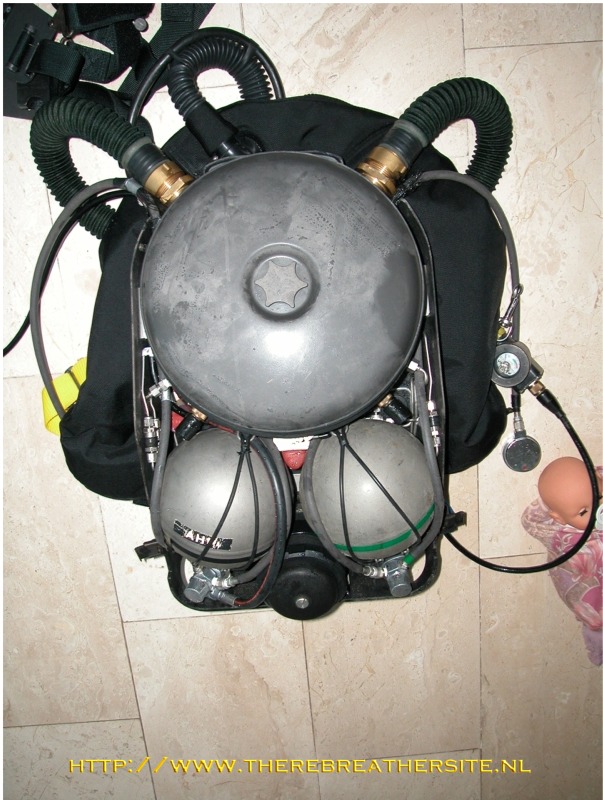
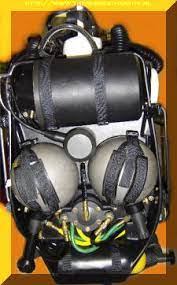
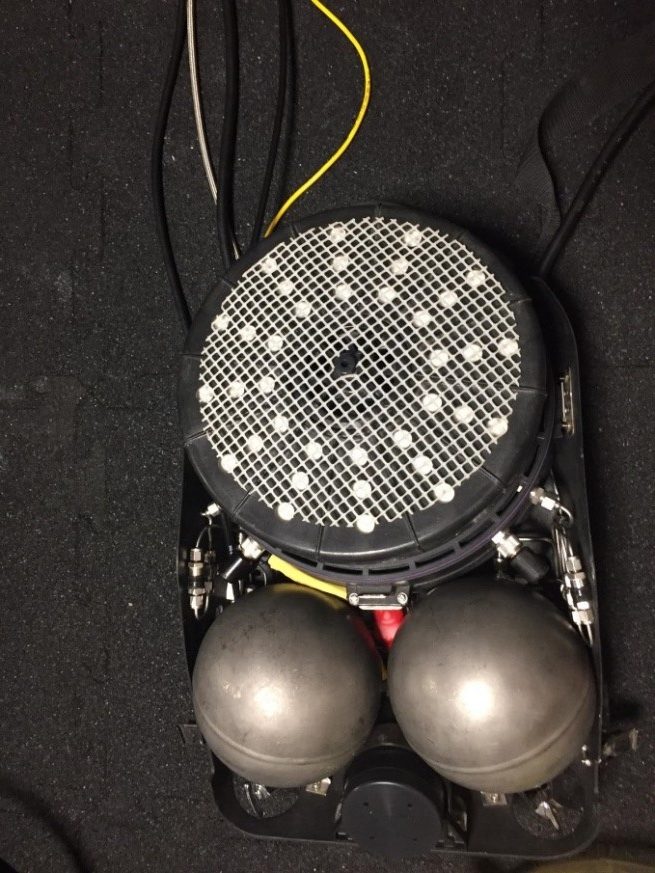
Just for my own personal information, I decided to have a long talk with Mike Iswalt of BioMarine Instruments, and get the whole scoop on the company and the products they built. I’m presenting it here to you just for information. Mike stressed to me that some of the dates may be a bit off, but that for the most part this “history” is pretty complete. Of course, it will probably be enhanced when I talk to Dick King later next week.
This isn’t a sales-pitch for BioMarine – I just thought it would be nice to have a fairly accurate picture of this company.
Here goes:
In January of 1969, a group of engineers from General Electric, in Valley Forge PA decided to break off from GE and form their own company. GE had been heavily involved in the space program, and the development of breathing systems for the astronauts. These engineers saw a possible market for these systems in the diving market.
They formed a company called “BioMarine Industries”
Rebreathers had, of course, been around for some time – the new systems that they wanted to build were conceived for the Commercial Diving market. They were electronically controlled, closed circuit machines.
The founders of BioMarine Industries were as follows:
Carl Cording – President, Fred Parker – Chief Project Engineer, and Vice President Jack Burt – Electronic Design, Mike Rutowski, Brent Thompson, Lou Riccio, Ed Sienko, Charles Soult
Each of these guys owned a part of BioMarine. All eventually left the company or retired over the course of the next 25 years.
BioMarine was formed for two reasons: 1) To design and build a closed circuit rebreather, and 2) To supply instruments developed for the space program to customers that needed them for other applications.
The group above were the only engineers responsible for the development of the CCR-1000, which later became the Mark 15 – thus, the civilian market for these machines preceded the military one. General Electric had developed breathingsystems for the Astronauts, but the above engineers were the men who did the designing for GE.
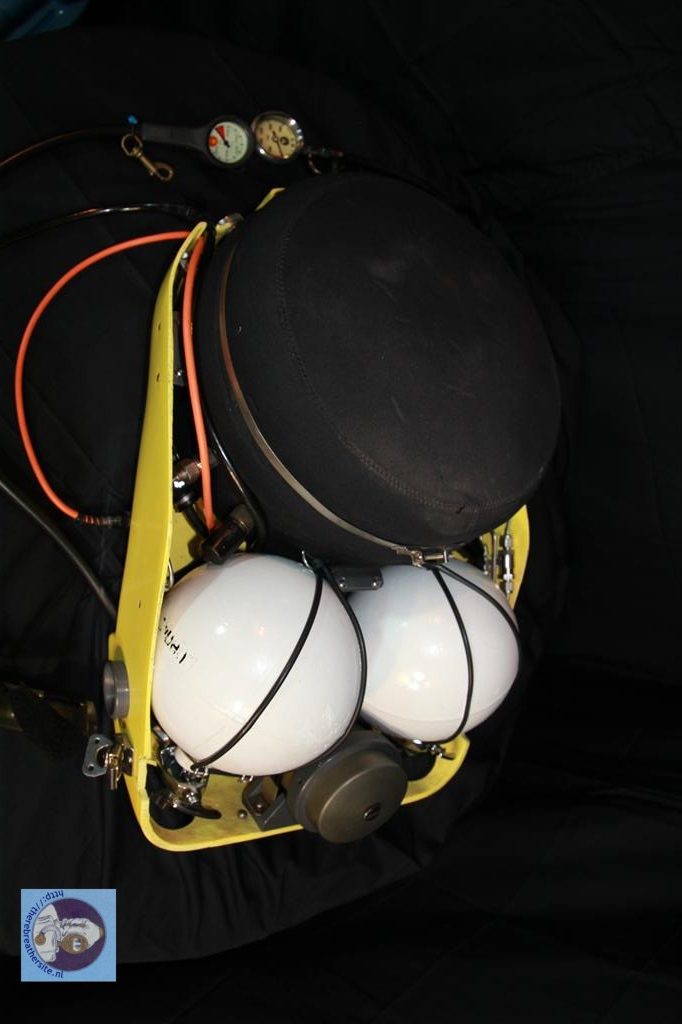
In July of 1969, Mike Iswalt joined BioMarine as a Electronics Technician. He was responsible in the beginning for developing improvements to the Galvanic Oxygen Sensors. The early sensors did not work for much more than a few weeks at best, and Mike was given the task to develop better, longer life sensors. He continues to make the sensors that BioMarine sells today.
Meanwhile, in 1969-70 the first electronically controlled rebreather that BioMarine would sell was developed. It was called the “CCR-1000” and sold to the commercial diving market. A few hundred of these units were sold.
Somewhere in the 70’s a commercial diver working for Shell Oil in the North Sea dove a CCR-1000 outside of a lockout bell at a depth of 1,500-1,800 fsw (The discrepancy arises from my recollections of the article on that feat that I have to find in my files, and Mikes memory of the event). The only modification to the unit was a baffle system incorporated into the Center Section that allowed hot water to flow around the Center Section to keep the scrubber warm. The diver used a diving helmet with modified intake and exhaust flapper valves.
The Navy was also interested in these rebreathers, and commissioned BioMarine to develop the “Mark 15” which was essentially a copy of the CCR-1000 with some military style modifications, such as Tritium filled gauges, and modified harnesses.
The Mark 15 emerged from BioMarine somewhere between 1972-74.
BioMarine continued to make modifications to small parts of the units, including the electronics which ended with “Revision G” electronics. The first units delivered to the Navy were “Mark 15 – Mod “0” units.
An off-shoot of the CCR-1000 was developed by BioMarine in 1973-74, and was called the “BioPak-45.” The BioPak was designed for firefighters, and gave them a 45 minute overall breathing duration. This was later followed up with the BioPak- 60 (1974-75) and the BioPak-240 in 1984.
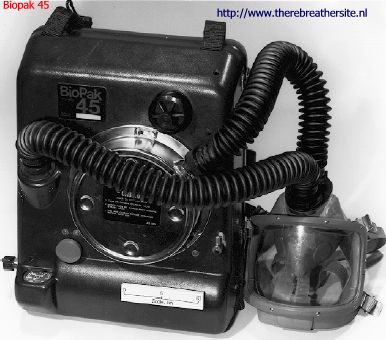
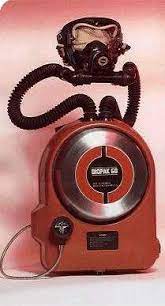
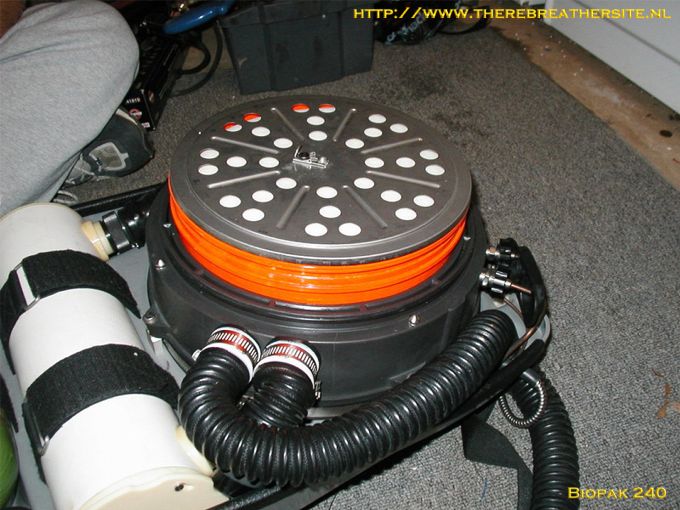
Around the mid 70’s, the Navy asked BioMarine to develop a non-magnetic rebreather based upon the Mark 15. The first of these new non-magnetic rigs were the “NM-2” (1976) and the “NM-6” (1977). These were the first prototype Mark 16’s.
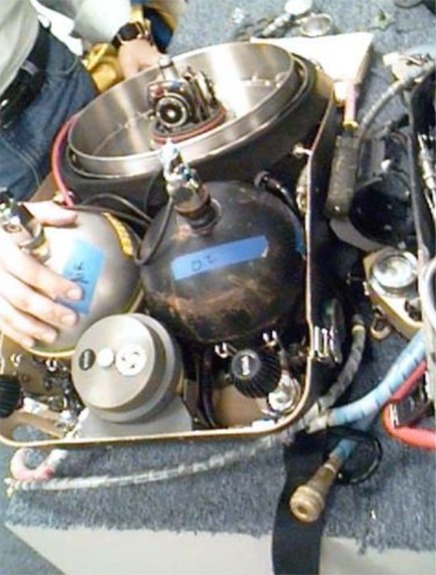
The Navy used the Mark 15’s and tested the NM-2 and 6 until around 1979 when they ordered the first Mark 16’s. The initial order was for 96 units.
According to Mike, some of the technical hurdles they had to deal with in the development of the Mark 16 was the need for the unit to be completely non- magnetic. This provided a lot of challenges to the company and its vendors, including the use of some (then) rather exotic materials and processes.
The Navy followed the first order of 96 Mark 16’s with another order of 124.
Thus the total number of Mark 16 systems built by BioMarine was 224.
In the early 80’s, the Navy also asked BioMarine to develop upgrades to the Mark 15’s that the Navy had in inventory. The addition of Inconel Spheres made by Tavco of Chatsworth, CA (which were standard equipment on the Mark 16), and other non-magnetic materials, including the Mark 16 Center Section, yeilded the “Mark 15.5” Thus, the Mark 16 was developed BEFORE the 15.5.
Meanwhile, in 1980, BioMarine Industries was acquired by a company based in Milwalkie, Wisconsin called “Rexnord.” Rexnord’s main product line up until this acquisition was plastic conveyor belts, and belts used on cement trucks.
From 1980 to 1987 BioMarine operated some of their product lines as “Rexnord, Inc.”
In 1984, Dick King joined the company as the Manager of Quality Assurance. He as an electrical engineer, and oversaw the entire product line, from the Mark 15 and 16, to the Oxygen Sensor products made by Rexnord.
In 1986, a company called “Banner Industries” began the acquisition of Rexnord. They were a smaller company, that leveraged a buyout of Rexnord, due in part to Rexnord’s large Pension fund.
In 1987, in a quick turn-around, a company based in England called “Pressure Products” purchased Rexnord from Banner. Pressure Products is now known as “Divex.”
Don Rodocker was part owner of Pressure Products, and he elevated Dick King to President of BioMarine.
Throughout these transitions, the company that made the rebreathers operated as either Rexnord, or BioMarine.
In 1989, Carleton Industries, located in Florida bid on the third contract for Mark 16’s from the Navy. They bid approximately $4,000 under BioMarine. They were awarded a contract for the production of 224 Mark 16 rebreathers, bringing the Navy inventory of Mark 16’s at that time to 444.
Don Rodocker, who was then going through a nasty divorce, agreed to sell all tooling, dies, drawings and other manufacturing materials to Carleton. Carleton later sold the ownership of these materials to the US Navy, and continues to produce Mark 16’s to this day – albeit for other governments – the last US Navy contract was filled a few years ago, and the Navy had not ordered any further units, having some 6-800 Mark 16’s currently in inventory, and some 4-500 Mark 15’s in mothballs.
Carleton continued to make refinements to the Mark 16, most of which I am unable to document, since I haven’t spoken to a representative of the company.
In 1991, Pressure Products sold BioMarine “Incorporated” to Neutronics, who still owns that company, and its products, such as the “BioPak 240” which is the aforementioned rebreather used for firefighting. They do not make products for diving.
In January of 1993, Dick King and Mike Iswalt acquired “BioMarine Industries/Instruments” and began to produce various products for diving and life- support.
They continue to sell sensors and sensor products, as well as the BMR-500 rebreather which was developed by them jointly. They have delivered approximately 35 BMR-500’s and have orders for around 10-15 pending.
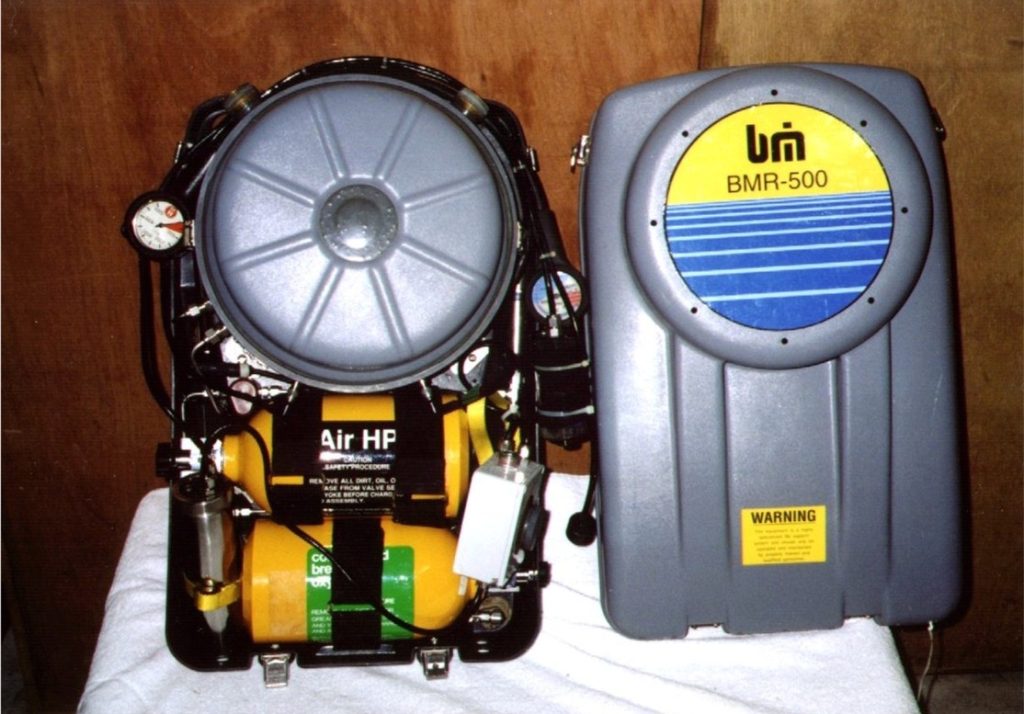
That’s about all I know right now.
The reason I wrote this up was a lot of misinformation about how the company was formed, what products they made and when, and who designed various rebreathing systems that the company sold.
Mike, as you can see from this story, was there from just about the beginning, so he got to see all the comings and goings throughout the years. Also, he was in charge of all acquisitions of parts and assemblies, and as such has intimate knowledge of the development of each integral part of the systems sold by BioMarine – he still has all the drawings and revisions in his file for every single part.
Mike informed me that in their heyday, they had around 130 employees, so I’m sure there are many out there who made contributions to the development of these systems that are not mentioned here.
I’m also sure that there are folks out there who could help broaden out this brief history, and maybe even clarify any mistakes in dates and times. I’d be happy to hear from anyone out there who can add to the story.
I realize, also, that this history may be completely uninteresting to anyone who doesn’t own a BioMarine product – but considering there are more BioMarine rebreathers in service today than any other rebreather ever manufactured, it’s a history that I think is worth reading about.
Take care,
Kevin Gurr.

Therebreathersite was founded by Jan Willem Bech in 1999. After a diving career of many years, he decided to start technical diving in 1999. He immediately noticed that at that time there was almost no website that contained the history of closed breathing systems. The start for the website led to a huge collection that offered about 1,300 pages of information until 2019. In 2019, a fresh start was made with the website now freely available online for everyone. Therebreathersite is a source of information for divers, researchers, technicians and students. I hope you enjoy browsing the content!
